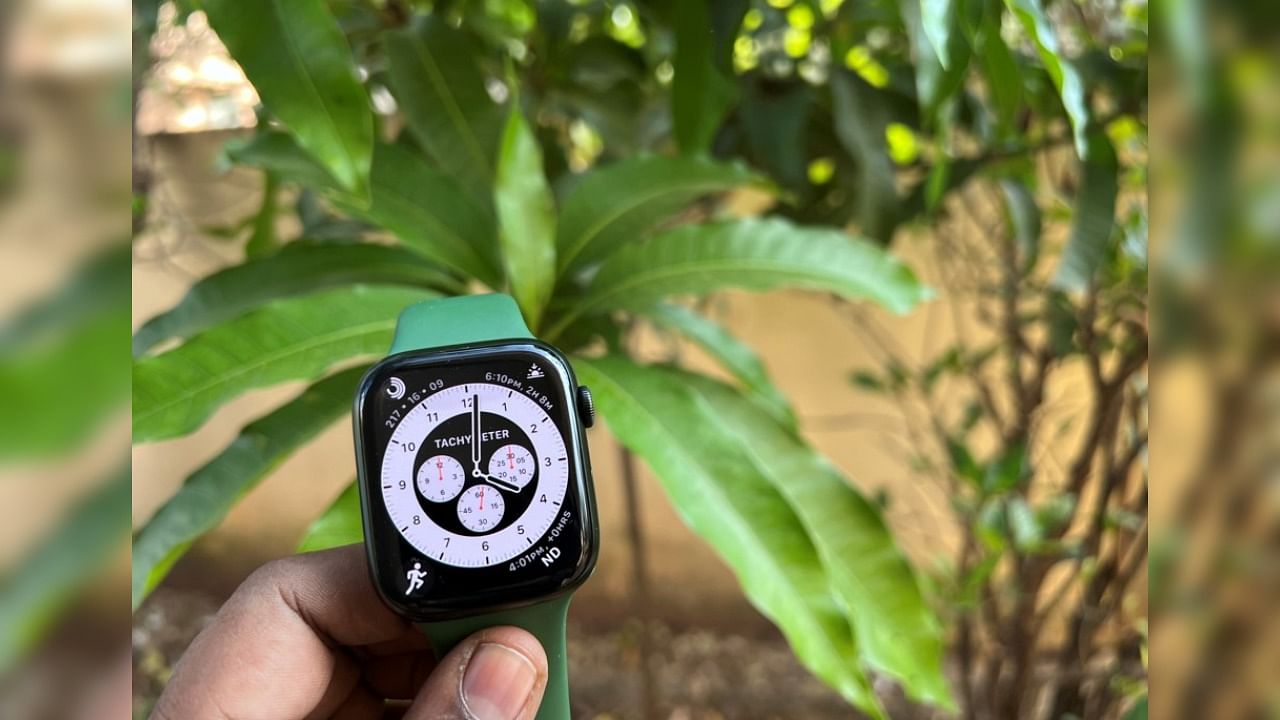
For the last several years we have seen reports of Apple Watch’s advanced heartrate tracker with timely alert saving thousands of lives around the world. Further improving on that, Apple introduced state-of-the-art electrical heart sensors to Watch Series 4 (& newer versions) to offer ECG (electrocardiogram) reading.
The ECG is capable of detecting AFib (Atrial Fibrillation), an irregular heartbeat (arrhythmia) condition. If not detected and treated early, it can lead to blood clots, stroke, heart failure, and other heart-related complications. It is said that AFib is the second most cause of heart-related deaths around the world.
Early this month, Apple Watch saved the life of the Haryana-based dentist, Nitesh Chopra. On March 12, 34-year old Chopra felt some discomfort in his chest and out of curiosity switched on the ECG app on the Apple Watch, and to his, shock it showed AFib warning and asked him to seek medical help immediately.
Afib is a deadly heart condition, which never shows any clear symptoms at the beginning; but, when they do appear, people will feel palpitations, shortness of breath, and fatigue.
Quickly, Chopra and his wife Neha went to the nearest hospital for the health checkup, and again, the results were affirmative that the Nitesh had Afib. For further confirmation, he was asked to immediately undergo angiography and it showed his main coronary artery was completely blocked.
As a precautionary measure, the doctor placed a stent in his heart and said that Nitesh was lucky to have come to the hospital in time.
“We ignored the readings thinking a young man in his early 30s can't have such arrhythmia. But our last reading on Saturday, March 12, was consistent with the previous alerts and made us believe that something was not right with my heart health and we should rush to the hospital,” Nitesh Chopra said.
“Once we reached the hospital, the doctor did an ECG and we even compared it with the monitor. When I was in CCU, my wife and I are were continuously comparing our Apple Watch reading with the monitor and they were in sync,” Chopra noted.
After recovering from the health scare, Chopra sent a mail to Apple CEO Tim Cook thanking him for the company bringing such potential life-saving devices to the world.
Cook responded saying—
"I’m so glad you sought medical attention and received the treatment you needed. Thanks for sharing your story with us. Be well. Best, Tim"
"I have already spoken to the Apple store staff on the availability of a new Apple Watch and will be buying it on Saturday. I definitely recommend this not just for heart patients but everyone who cares about their own health,” Nitesh added.
Here’s how to use the ECG app on Apple Watch
The new electrodes built into the back crystal and the Digital Crown of the Apple Watch Series 4 (and newer models), works together with the ECG app to enable customers to take an ECG similar to a single-lead reading.
Step 1: Tap the ECG app on Apple Watch Series 4 (& newer models) and hold your finger on the Digital Crown. This will complete the circuit and the electrical signals across their heart will be measured.
Step 2: After 30 seconds, the heart rhythm is classified as either AFib, sinus rhythm, or inconclusive.
It will alert the user if there is an abnormal fluctuation of heartbeat rate between 50 Beats Per Minute (BPM) and 120 BPM.
The ECG app is available only for Watch Series 4 and later models with electrical heart sensors.
Users can also enable Irregular Rhythm Notification on your Apple Watch. The Watch alerts the user with a notification of irregular rhythm detected on five rhythm checks over a minimum of 65 minutes.
Get the latest news on new launches, gadget reviews, apps, cybersecurity, and more on personal technology only on DH Tech.
